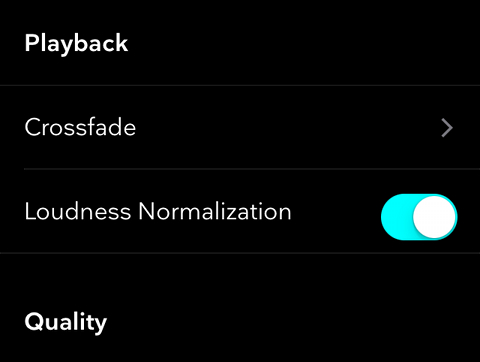about Audio, High Fidelity
& Home Entertainment technologies
pid: 607-2025/10/01 (v1.2)
Privacy Policy

Source: Press Release, Last Accessed: 2017/11/25
Music Streaming service Tidal has adopted the loudness recommendation of Eelco Grimm, HKU University of the Arts Utrecht and Grimm Audio. In Tidal’s recent update of their iOS and Android apps, loudness normalization is now turned ON by default. By this move Tidal follows the trend towards automatic loudness normalization that was initiated by Spotify and Youtube.
Eelco Grimm explains: “Tidal wanted to offer their users an optimal listening experience by adding loudness normalization, but was concerned to interfere with the artistic intention of the producers. So I analyzed the loudness of 4.2 million albums from Tidal’s database and found that even with recent releases quite large loudness differences exist between soft and loud tracks of the album. By normalizing all tracks to the same level these differences are removed and the listener does not have the intended experience. A so called album normalization method, where all songs are adjusted with the same offset, solves this problem. The research question now was if these level differences between songs would still be appreciated when the tracks are mixed with songs from other albums in a playlist. The outcome of my subject test was that the majority of users preferred album normalization always, even when soft songs from one album are played next to loud songs from another album. The database analysis further suggested that on mobile devices the loudest track of the albums should be aligned to -14 LUFS."
"Tidal adopted album normalization at -14 LUFS and followed my recommendation to turn loudness normalization on by default. This is not only convenient for the listener, but it also helps to end the Loudness War since there is no advantage anymore in squashing the life out of a master. Such a track will just be attenuated more in the Music Streamer’s app and make less impact than a dynamically mastered track. I am very excited about this development. The majority of music consumers world wide now listens to loudness normalized music. I hope that the few remaining streaming companies that do not offer loudness normalization by default will follow soon.”
For more information on the matter, you can read Eelco Grimm’s full report here.
For more information: Eelco Grimm, https://www.grimmaudio.com/, http://tidal.com/

